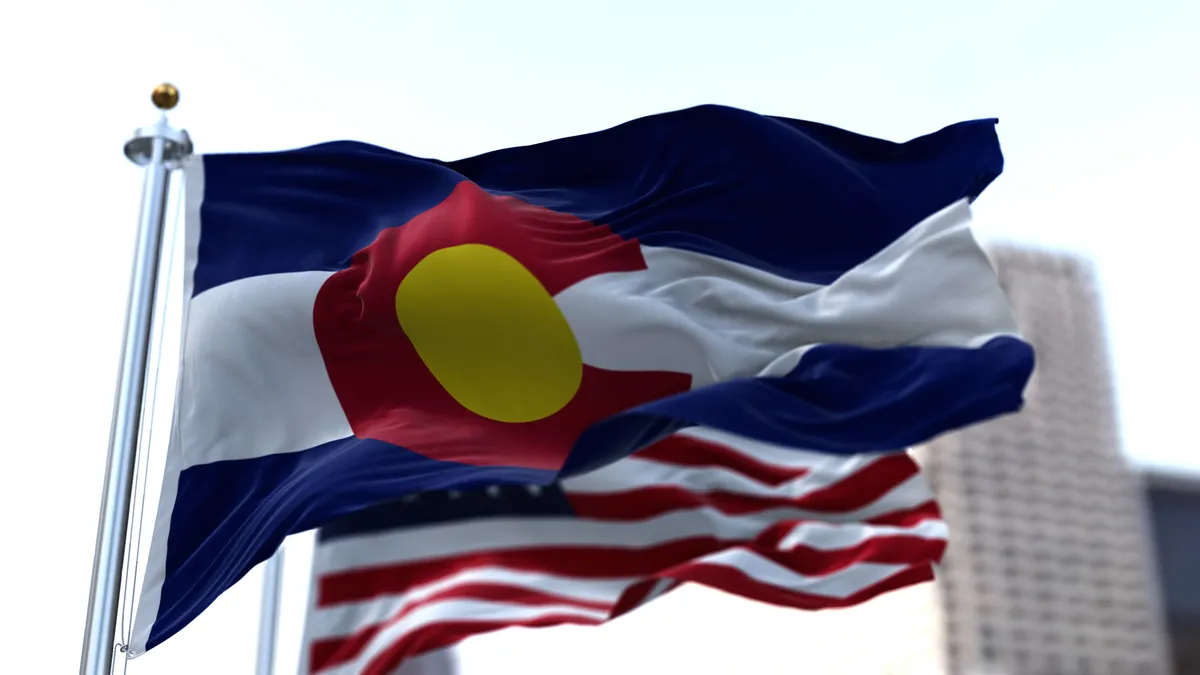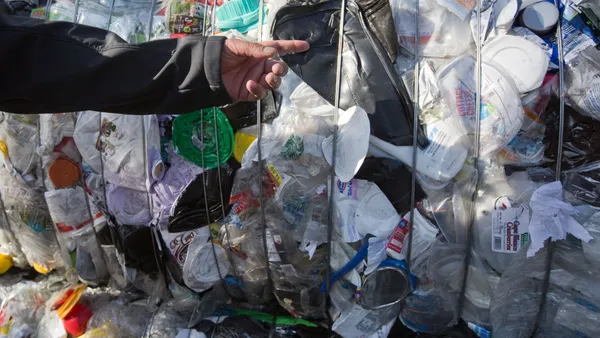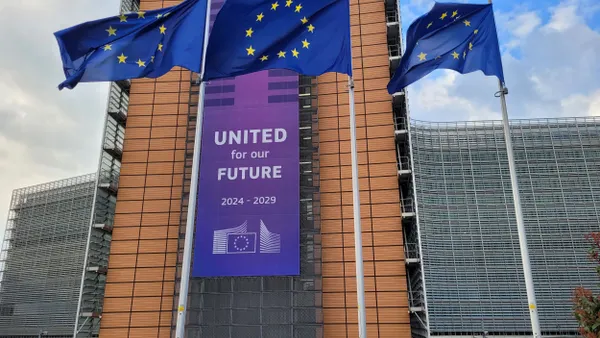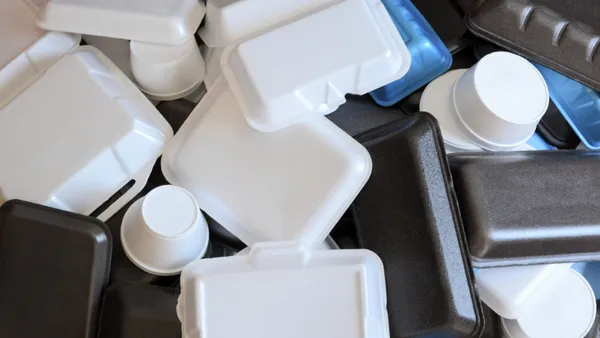Dive Brief:
- Implementation of Colorado’s extended producer responsibility for packaging law is moving forward after the Colorado General Assembly’s Joint Budget Committee last week approved a recycling system scenario that could increase the state’s recycling rate to a high-end estimate of 58% by 2035.
- After reviewing options laid out in a needs assessment and public comments, the Colorado Department of Public Health and the Environment recommended a “medium” scenario for investments and improvements expected in a producer-supported recycling system. The department’s March presentation to the JBC said waste diversion would increase 119% from the 2022 baseline, and 720,000 tons of covered materials would be recycled annually by 2035.
- Circular Action Alliance will now work with stakeholders to develop a recycling system plan, which is due Feb. 1, 2025, and is urging producers to register by July 1.
Dive Insight:
In 2022, Colorado became the third state to approve an EPR for packaging law; at the time, available data showed Colorado had a statewide recycling rate of about 15%. State totals for 2022 indicate Colorado’s municipal solid waste diversion rate was about 16%.
In its March presentation, CDPHE highlighted certain needs assessments findings, including that only a quarter of consumer packaging and paper products in Colorado are currently recycled, and Colorado recycling facilities have the potential to increase existing recycling capacity by 60%.
Colorado’s needs assessment published in January offered a menu of “low,” “medium” and “high” scenarios for increasing collection and recycling in the state by 2030 and 2035. Estimated costs changed in a March revision of the needs assessment, which showed the annualized PRO implementation cost for 2035 in the medium scenario could range between $190 million and $310 million.
The high scenario, which was not selected, called for $50 million in investment in flexible film processing, whereas the medium scenario requires none.
CDPHE said it selected the medium scenario in part because it includes an option for adding weekly curbside recycling in the Front Range region, where more than 80% of the state’s waste is generated, using existing infrastructure. CDPHE reported that the city and county of Denver’s total cost savings with EPR are expected to total $14.2 million in 2030 and up to $16.3 million in 2035. Denver, Colorado’s most populous area, launched a pay-as-you-throw collection system in 2023, transitioning from bi-weekly to weekly recycling pickup.
CAA, a brands-led organization that also has been selected as a producer responsibility organization for California and Oregon, will engage with stakeholders over the next nine months to prepare a program plan aligned with these goals.
“We are prepared to develop a plan proposal that gives all Coloradans convenient and equitable access to recycling and provides companies that are responsible for covered materials the support they need to meet their obligations under the law,” said General Mills’ Neil Menezes, who serves as chair of the CAA Colorado Board, in a statement.
Recycle Colorado celebrated the step. “What's important to us is that as this program plan is developed, that each of the stakeholder groups represented within our organization are heard and represented in the final plan,” said Elizabeth Chapman, executive director of the nonprofit with business, local government and other organizations in its membership.
CAA was charged with conducting the “data exercise” to offer these possible scenarios through the needs assessment but did not have a position on which was best. “We are interested in ensuring that we are achieving much higher recycling rates for Colorado and there's a tremendous amount of opportunity there,” said Olivia Barker, stakeholder engagement and communications director for CAA.
The program plan “is where the the meat of how this is all going to work is going to get articulated” to meet the JBC-approved goals, Barker said. Further engagement with stakeholders will bolster data, she said, and the plan will be “a lot more granular” in describing how the program will be managed and how EPR will approach expanding recycling access, among other aspects.
Producers continue to wonder what this program is going to cost them, Barker said.
“We can't answer that question without producer registration” and getting data in the system, Barker said. “This is true across multiple states, not just Colorado, and frankly it's even more urgent in a place like Oregon where the program plan is operational next year,” she added. “We need to know how big the pies are before we can start providing detailed guidance on what fees look like.”
Plan implementation, when Colorado producers are expected to begin paying dues, is expected to begin January 2026.














